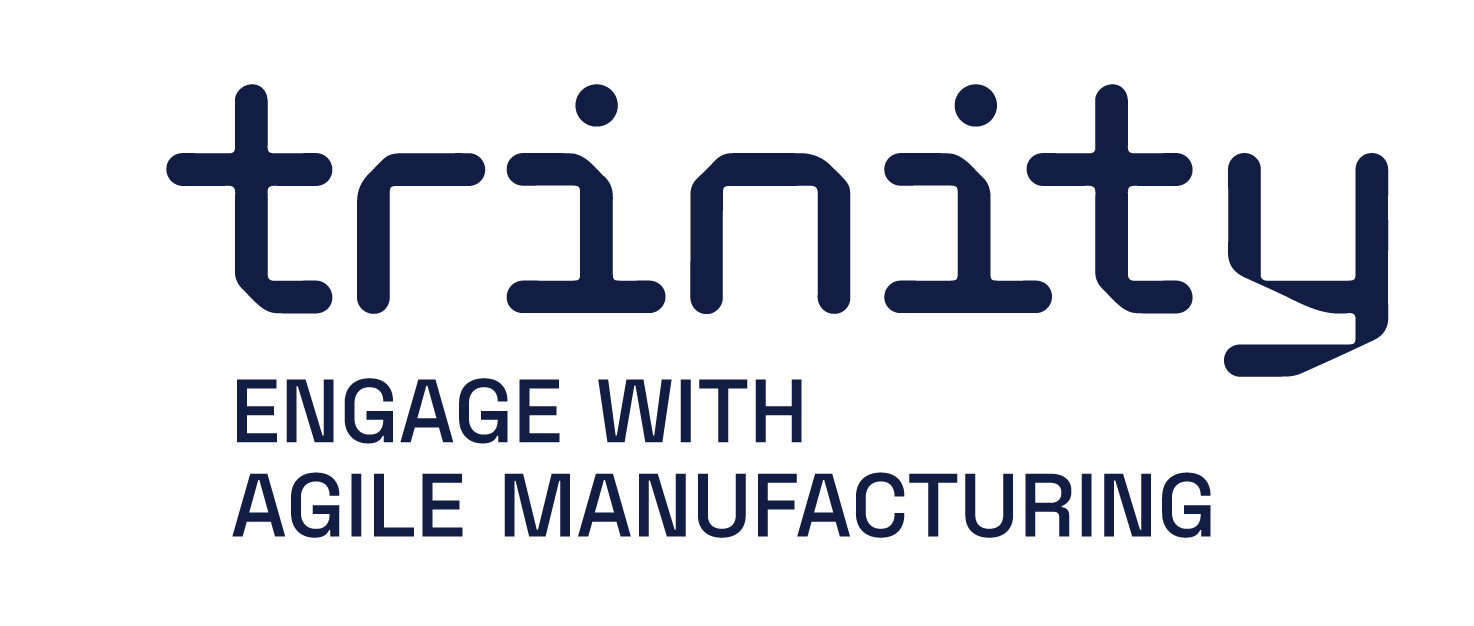Virtual reality programming of a manufacturing cell
Main functionalities
The main functionality of the module is to utilize VR for both robot programming and system programming. This creates a safer and more intuitive method for robot programming.
The module connects a manufacturing simulation software with the physical environment. This is done by having all the robots in the system connected to the industrial automation data server, and then connecting simulation software to the server. Then a VR headset is connected to the simulation software which allows for programming of each individual robot. It is also possible to program all the robots in a specified sequence.
To make the system more flexible and agile a wireless VR headset is used (oculus quest). The VR headset doesn’t require any cables or cameras and it is therefore possible to program and interact with the virtual environment anywhere.

The structure of the system
Technical specifications
The simulation software is Visual Components. There you have the model of manufacturing cell and then Visual Components Experience is used to interact with the simulation in VR.
The OPC UA server is the industrial automation data server which is used to connect the simulation software and the robots in the manufacturing cell.
Inputs and outputs
Input: All the joints values of each robot arm and the position of the mobile robot have to be added to the OPC UA.
Output: It will be possible to control the robot arms with joint control and to use position control of the mobile robot.
Formats and standards
Visual Components (simulation program), Visual Components Experience (VR functionality to simulation), OPC UA standard and a translator from Simulation software to robot movement (created in python).
Owner (organization)
The Artic University of Norway (UiT) https://en.uit.no/startsida
Trainings
To learn more about the solution, click on the link below to access the training on the Moodle platform
Virtual reality programming of a manufacturing cell
